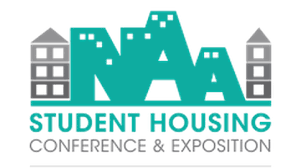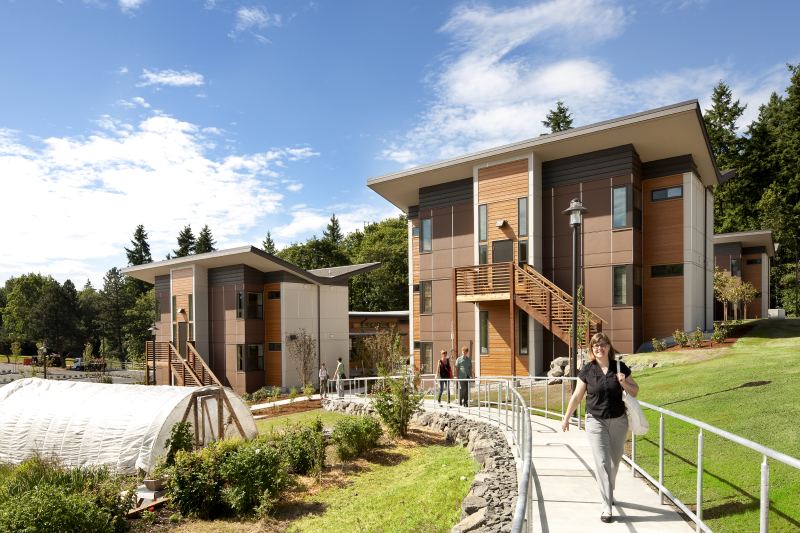Student Roommates
3 Tips to Benefit the Bottom Line
Many student housing providers offer conflict mitigation as a way to keep the peace between roommates. If you don’t, it’s a good idea to start. Roommate conflicts increase turnover and impact your bottom line. Below are three tips to share with your student residents. They promote clear communication between roommates. More importantly, they cut turnover […]




